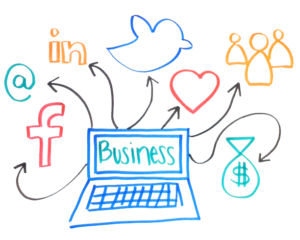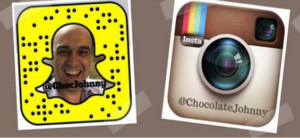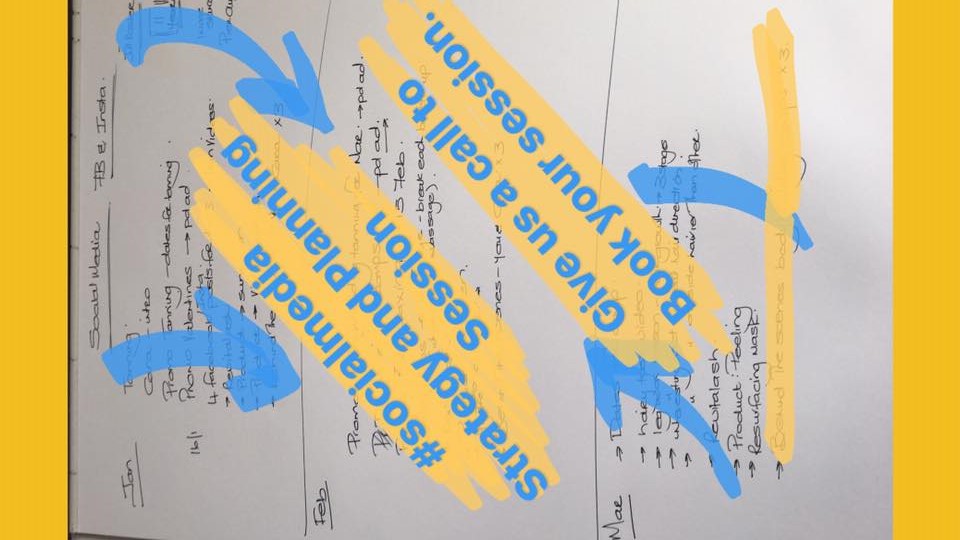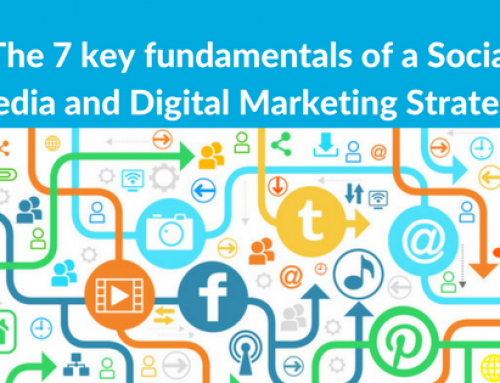When someone says that they want a Social Media and Digital Plan, my eyes light up because I know that businesses do far better when they have planned their Social Media compared to those that do it ad hoc.
The first thing that we need to establish here is that Social Media does not work in isolation and no matter how many people tell you otherwise, in my years of doing this, it is always important to look at the whole Digital landscape to achieve best results.
What is Social Media and what is Digital
For clarification, Social Media refers to the Social Media Platforms like LinkedIn, Facebook, Instagram, Pinterest, Twitter, Periscope, YouTube etc, and any advertising done within these platforms.
Digital refers to your website, blogs, newsletters, google advertising or anything else within the ‘digital’ space.
To run a truly digital business, all of the above needs to be taken into consideration as each one plays a role in these three areas:-
- Building your brand reputation – because people buy from people they know like and trust.
- Engaging with your Customer or potential customer – the ‘real’ time engagement through social media helps us to solve issues quicker, make appointments, converse with and do business with ‘our tribe’.
- Selling a product or service – people will buy from people that have added value to them in some way and typically that value is the way that the social media and digital channels are being used. How many times have I heard, ‘I have been following you for a while now and today I watched your video and thought, I must go on one of these courses’.
What are the 5 Critical Questions to ask when putting together a Plan?
1. What is the Digital and Social Media Collateral that you currently have?
It’s important to have a look at what you currently have. Some people are not even sure until we start asking the questions.
Start with Social Media first – do you have any social media platforms that you work on? If so, what are they?
Then cover digital:
- Do you have a website?
- Do you have a blog/ articles section?
- Do you have an App?
- Do you have a newsletter?
- Do you have a Google AdWords account for Google advertising?
2.What is the current state of these channels?
Analysing the current state of the channels should be easy if you are working on them regularly, but if not, it may take some investigation.
For Social Media – questions you can ask are:-
- How many followers do I have on each of my social media platforms?
- What is the engagement like on my posts?
- Do I do the right ratio of calls to action vs posts?
- Am I advertising? If so, how often?
- Which channels are working best with advertising? Why?
Sales are always difficult to determine unless a campaign is being run and you can measure these directly, however, many other sales may be as a result of what you do through Social Media.
For your Digital Collateral, questions to ask are:
- How often do I blog or Vlog (Video Blog)?
- What is the engagement like on my blogs
- What is the reach like, how many people are visiting my blogs?
- Is my website user-friendly? Can people navigate around the website easily? (get some friends in a Facebook Group to test this for you).
- Can I sell goods and services on my website?
- Are photos on the website clearly labelled so that if they are ‘pinned’ on Pinterest, people will come back to your website. (Photo’s and videos not clearly labelled on a website is a lost opportunity for Pinners). Oh and just because you don’t have a Pinterest account, does not mean that other people that do, don’t use information from your website for pinning. Everyone is looking for content.
- Newsletters – how often do I send them?
- What is the open rate – how many people open my newsletters and read them?

- How many people do I have in my database?
- How many are active and engaged with what I do?
- Are my lists categorised? Having categorised lists helps to target people more specifically with campaigns.
- Do I have a working ‘sales funnel’
- How much of my work is automated?
3.How do you plan on producing content?
Content is the most crucial piece of all. The Social Media and Digital Platforms are where you ‘hang out’ and promote your business. They are simply tools to get you connected to your tribe, your audience or your potential customer.
Content is what makes people want to engage with you and work with you. Content can be written like blogs, newsletters, posts and responses or video, like Facebook Live, Periscope, YouTube, Twitter Live, Instagram Live, Music.ly etc.
Content always needs to answer the bigger WHY of your business – to put this into perspective, I highly recommend you watch Simon Sinek’s Start with Why video.
The what and how you produce content is the key to how people connect and stay engaged.
You need to understand how each channel works for the amount of content to ultimately grow your business online.
The biggest piece of advice we can offer is to produce regular content.
4. How do you plan on managing Social Media and Digital channels
This is one of the most critical questions to ask – because social media and digital marketing takes time. It’s not new and therefore the effort to be seen and heard is a lot greater and it will continue.
When speaking to clients, we believe that it’s the mindset that needs to change first. The reality is that business is different now because of Social Media.
There is no better time to understand how this has impacted our lives than when a disaster strikes.
Take the Iceland Volcanic Eruption – Twitter was a faster response mechanism that Call Centres and Businesses. You can read the article here.
Take the Kaikoura quake that happened in November 2016. I was on a Periscope video watching and helping someone in the middle of the earthquake. During the ‘scope’, three international newspapers asked for an interview.
Or Businesses that are using Social Channels from Thrive to Stardom.
There is a chocolatier by the name of @ChocolateJohnny who built up his struggling business using SnapChat and then other social media channels, to stardom. There are so few people now on social media who do not know the story of John Kapos.
Samantha Kelly aka Tweeting Goddess – has not only solely built her business through Twitter but helps hundreds of businesses connect with the right people using Twitter and Facebook Groups.
If you still think business is the same as before, you need to get your head around this because business as we know it, has changed.
The reason why this is so important is that many a business that ‘outsources’ their social media, takes no accountability for it. As a Business Owner, you are accountable for everything that happens in your business and you should at least be doing the planning sessions with the outsourced party.
Unless you are a Business that has a dedicated person or team doing the work for you, you will need to either find time to manage this yourself or get someone to manage it for you.
5. How much money/budget do you have to make these channels work for you?
Like any part of your business, it is important to work out how much you will spend on social media and digital marketing.
There are set up costs and there are monthly costs.
Set up costs would include:
Setting up a website, newsletter, sales funnel, social media channels, advertising, tracking mechanisms et.
Monthly costs would be management fees, costs for photos/ pictures or graphics and advertising fees, monthly newsletter, monitoring fees, writing blogs e and of course all the sneaky little changes that may need to be made.
Please don’t underestimate the costs involved. If you are going to do this all yourself, you need to factor in your time costs vs opportunity costs.
If you need help with your Strategy and Planning session, give us a call and we can take you through the process.



Leave A Comment